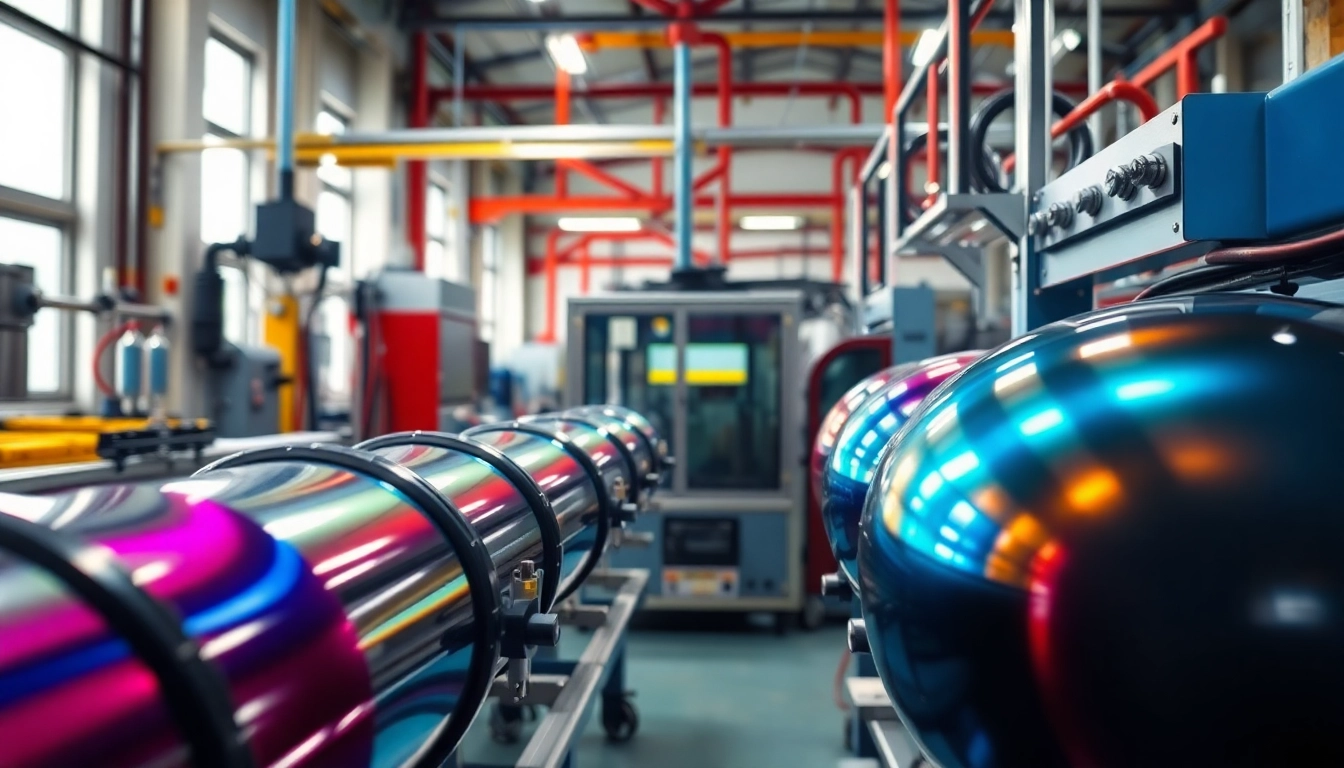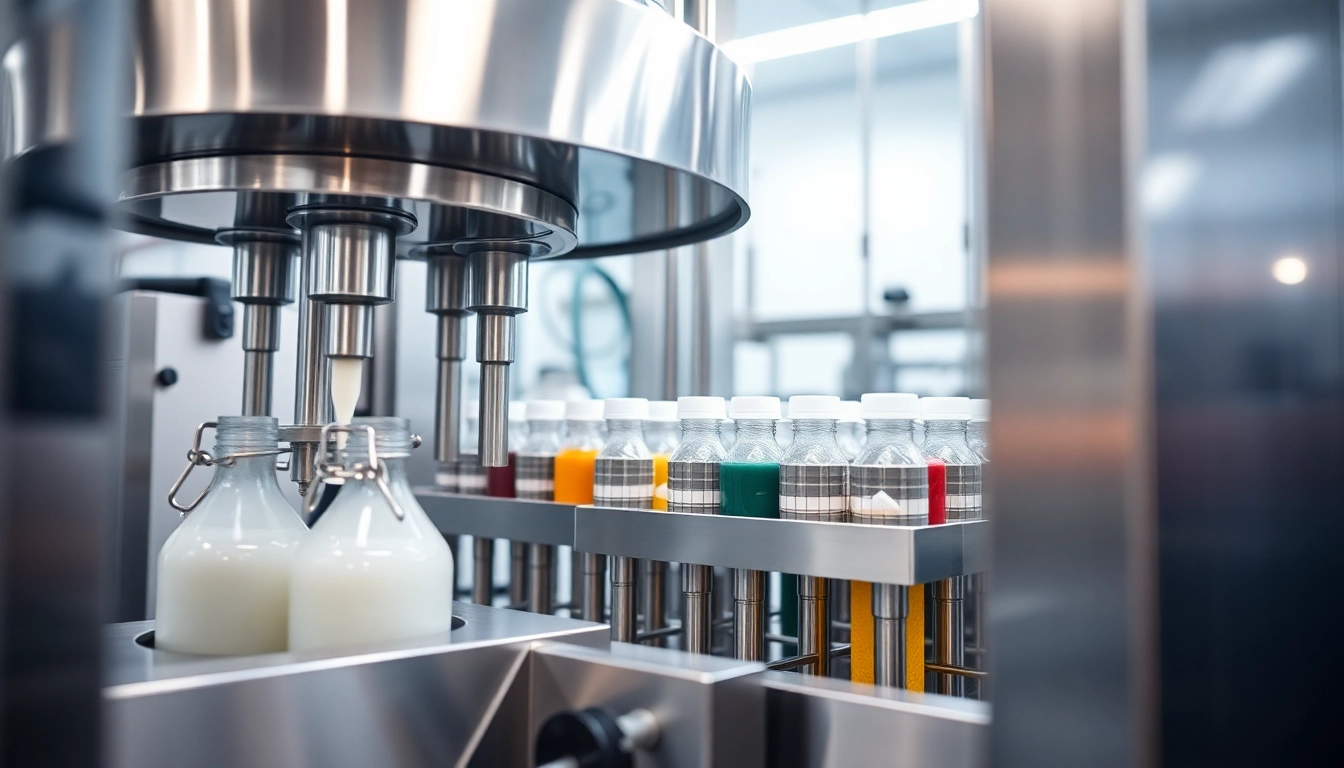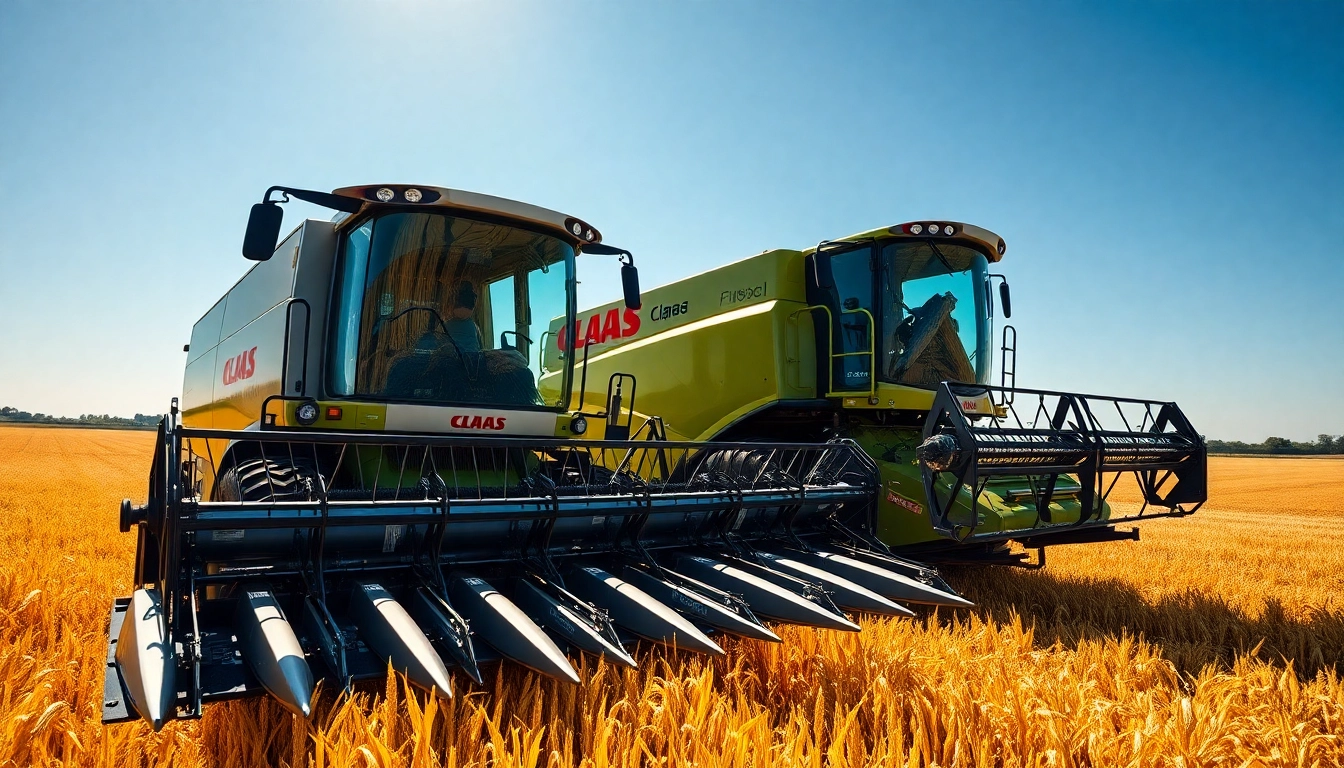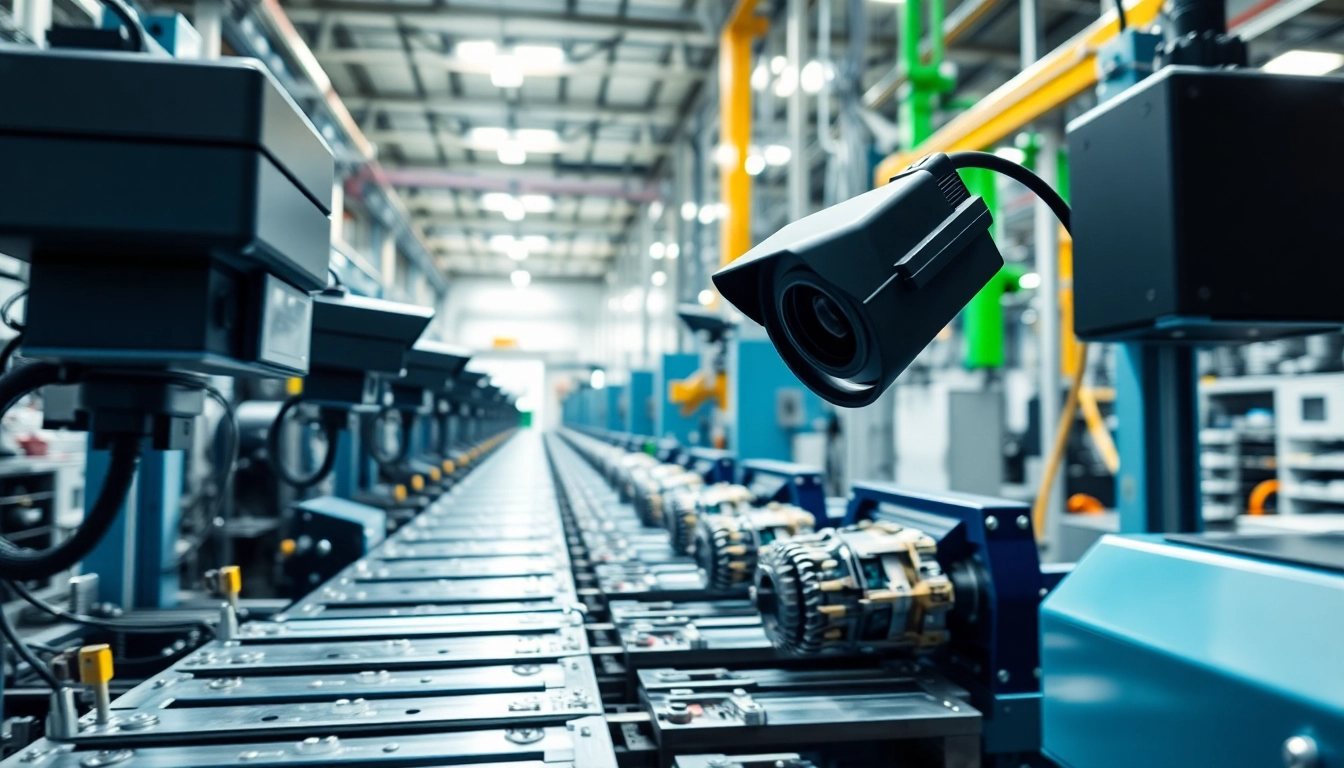1. What is EP Coating?
1.1 Definition of Electrophoretic Coating
Electrophoretic coating, commonly referred to as EP coating or e-coating, is an innovative surface finishing technique primarily used for coating conductive materials, especially metals. This process employs electrophoresis, where charged particles of paint (usually a polymer or epoxy) are deposited onto a substrate surface through an electric current. Essentially, it creates a uniform, even coating that adheres well to surfaces, ensuring the coated object is not only aesthetically pleasing but also highly resistant to corrosion and environmental wear.
This technology has become crucial in various sectors, including automotive, aerospace, and industrial manufacturing, where durability and corrosion resistance are paramount. For further insights on industry applications, you can explore ep coating.
1.2 Key Features of EP Coating
- Uniform Coverage: EP coating ensures a consistent layer across all angles and recesses of the coated object, overcoming limitations faced by traditional spraying methods.
- High Corrosion Resistance: The application of this coating enhances the resistance against rust, salt, and other corrosive agents, extending the lifespan of components.
- Environmentally Friendly: Many e-coatings utilize water-based systems, significantly reducing solvent emissions and waste.
- Versatility: It can be applied to a wide range of metals and substrates, making it suitable for diverse applications.
- Cost-Effectiveness: Its efficiency minimizes material waste, leading to reduced overall costs during production.
1.3 Historical Development of EP Coating Technology
The origins of electrophoretic coating date back to the mid-20th century when it was first developed as a method for providing durable finishes on automotive and industrial parts. Initially, the techniques employed were rudimentary, relying on simple electrical processes and basic formulations. Over the decades, advancements in materials science and electrical engineering have greatly enhanced the efficiency and effectiveness of e-coating.
By the 1980s, EP coating had gained significant traction in the automotive industry due to its ability to provide a smooth and uniform finish while offering excellent protection against corrosion and impact damage. Innovations such as the development of more refined paint chemistries and improved deposition methods continued to evolve throughout the 1990s and early 2000s, leading to the sophisticated e-coating systems used in modern manufacturing today.
2. Advantages of Using EP Coating
2.1 Corrosion Resistance
One of the most critical advantages of EP coating lies in its exceptional corrosion resistance. The coated surfaces form a thick, stable film that protects against moisture, salt, and chemicals that typically cause rust and degradation in metal components. The process benefits from the charged paint particles that ensure coverage even over poorly conductive surfaces, enhancing protection quality in vulnerable areas.
Research indicates that components treated with EP coatings can last significantly longer than those treated with traditional paints, especially in harsh environments often encountered in marine, automotive, and industrial settings.
2.2 Environmental Benefits
EP coating is recognized for its lower environmental impact compared to traditional coating techniques. The majority of e-coat systems are water-based, which reduces volatile organic compound (VOC) emissions considerably. This property not only helps manufacturers comply with environmental regulations but also supports sustainability efforts by lowering the overall environmental footprint of production processes.
Moreover, the recycling capabilities of the wastewater used in the process further enhance its eco-friendliness, ensuring that waste is minimized and resources are reused efficiently.
2.3 Efficiency and Cost-effectiveness
The efficiency of the EP coating process leads to significant cost savings for manufacturers. The uniform charge applied during the coating process means less paint waste due to overspray, which is common in traditional spraying methods. Additionally, the quick curing times associated with e-coats result in accelerated production cycles, allowing manufacturers to enhance productivity without compromising quality.
Ultimately, the combination of lower material costs, reduced labor times, and minimized waste culminates in a highly cost-effective solution that appeals to a broad range of industries.
3. The EP Coating Process Explained
3.1 Steps in the Electrophoretic Coating Process
The electrophoretic coating process typically includes several key steps that ensure effective coating:
- Preparation: The metal surface is cleaned thoroughly to remove contaminants such as grease, dirt, and rust. This step is crucial to ensure proper adhesion of the e-coat.
- Activation: The clean surface is often treated with a chemical solution that increases its conductivity, which is essential for the electrophoretic process.
- Coating: The prepared components are submerged into an electrophoretic bath containing charged paint particles. An electric current is applied, causing the paint particles to migrate and deposit evenly onto the substrate.
- Curing: After coating, the parts are usually baked in an oven to cure the paint. This process hardens the coating, ensuring durability and adherence.
- Quality Control: Final inspections and tests are conducted to ensure the coating meets specified standards for thickness, adhesion, and overall quality.
3.2 Equipment Used in EP Coating
To execute the EP coating process effectively, specialized equipment is necessary. This includes:
- Electrophoretic Bath: A tank filled with the coating solution where the parts are immersed during application.
- Power Supply: Provides the necessary electrical current for the deposition of paint onto the substrate.
- Ovens: Used for curing the coated components, typically operating at temperatures ranging from 350°F to 400°F.
- Cleaning Systems: High-pressure washers or chemical baths used for preparing the parts prior to coating.
3.3 Quality Control in the Coating Process
Quality control is integral to the success of the EP coating process. Various measures are implemented to guarantee that the coatings meet industry standards:
- Thickness Measurement: Using instruments such as micrometers or gauges to ensure the coating thickness adheres to specifications.
- Adhesion Tests: Techniques like tape tests are employed to evaluate how well the coating adheres to the substrate.
- Visual Inspections: Inspectors assess for any visual defects, such as uneven coverage or imperfections, at various stages of the coating process.
- Environmental Testing: Coated components may undergo exposure to corrosive environments or accelerated aging tests to ensure long-term durability.
4. Various Applications of EP Coating
4.1 Automotive Industry
The automotive industry is one of the primary users of EP coating technology. Car manufacturers implement e-coating processes to enhance the longevity and durability of various components, such as chassis, body panels, and electrical parts. The uniform coverage ensures that even hard-to-reach areas are well-protected against rust and corrosion, contributing to the overall quality and lifespan of vehicles.
Moreover, with the increasing emphasis on sustainability, many automotive manufacturers are switching to water-based e-coats to adhere to stricter environmental standards.
4.2 Aerospace Applications
Aerospace applications require coatings that can withstand extreme environmental conditions. EP coating is used extensively in this field for its outstanding resistance to corrosion and wear. Components like landing gear, engine parts, and other critical structural elements benefit from the protective capabilities of e-coats, which not only enhance performance but also reduce maintenance intervals.
4.3 Industrial Machinery Usage
In industrial settings, machinery is often exposed to harsh conditions that can lead to rapid wear and corrosion. EP coating provides an additional layer of protection for equipment ranging from production lines to heavy-duty machinery. The ability to apply coatings in various colors also allows for branding or safety markings, which can be beneficial in maintaining operational efficiency and safety standards.
5. Comparing EP Coating with Other Coating Techniques
5.1 EP Coating vs. Powder Coating
Both EP coating and powder coating are popular finishing processes that offer substantial advantages. However, there are distinct differences between them:
- Application Method: EP coating uses electrical current for particle deposition in a liquid medium, while powder coating uses a dry powder that is electrostatically charged and then cured through heat.
- Film Thickness: EP coatings typically achieve a thicker film than powder coatings, providing enhanced protection.
- Environmental Impact: EP coatings are generally more environmentally friendly, particularly with water-based systems, while powder coatings can also be eco-conscious but may require more energy in handling and application.
5.2 Electrophoretic Coating vs. Anodizing
Anodizing is an electrochemical process typically used for aluminum and its alloys, creating a protective oxidation layer. In contrast, EP coating can be applied to various metals and provides a more robust barrier against corrosion. Interestingly, anodized surfaces may not cover defects in the material as effectively as EP coatings, which offer a more uniform and aesthetically pleasing finish.
5.3 Choosing the Right Coating Method for Your Needs
Choosing the correct coating method depends on several factors, including the material being coated, the environment in which it will be used, and the desired aesthetic and functional properties. Recognizing the limitations and strengths of each coating method—such as the thickness, adhesion characteristics, finishing styles, and cost considerations—will provide essential guidance in selecting the appropriate technique for different applications.



